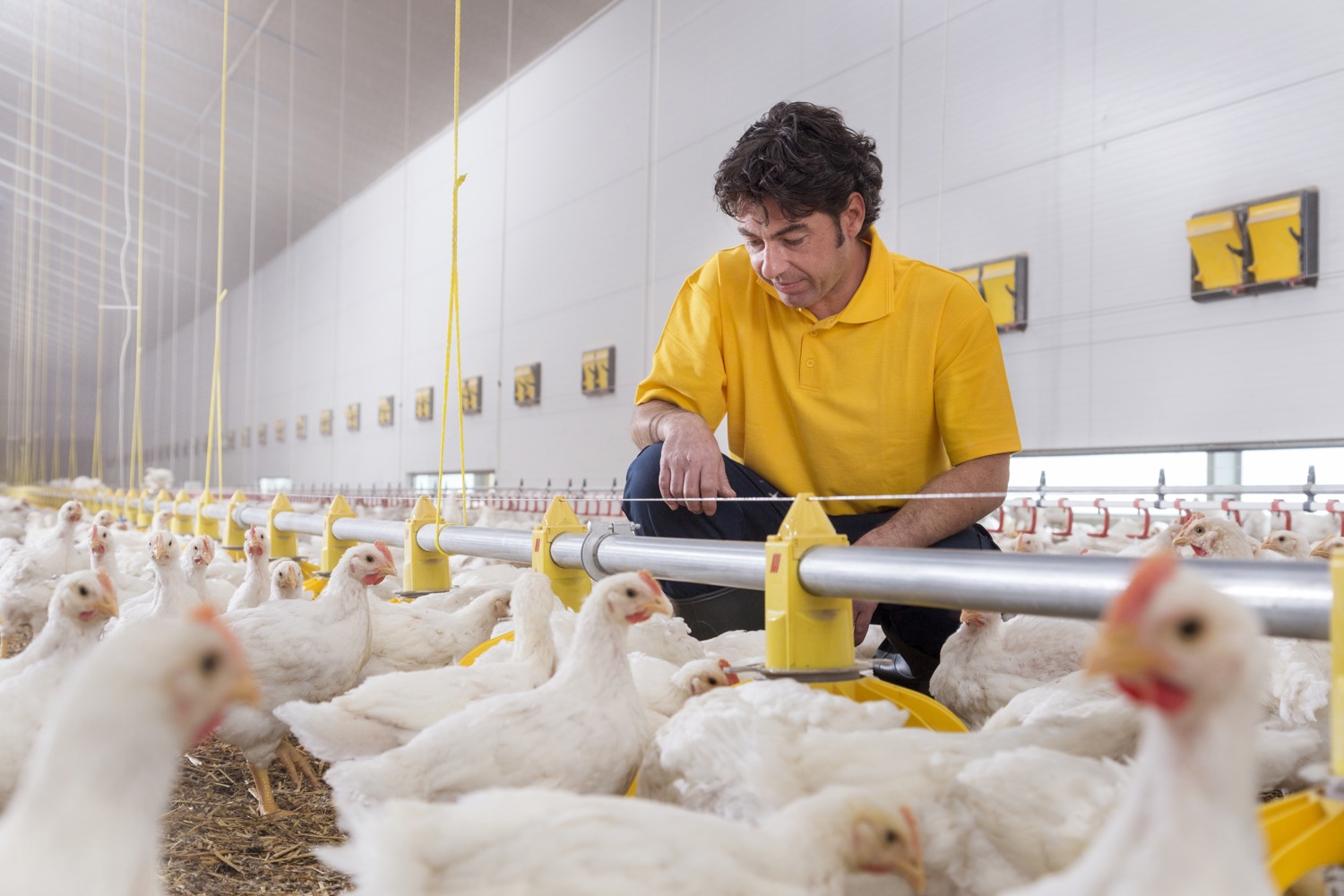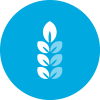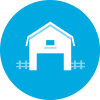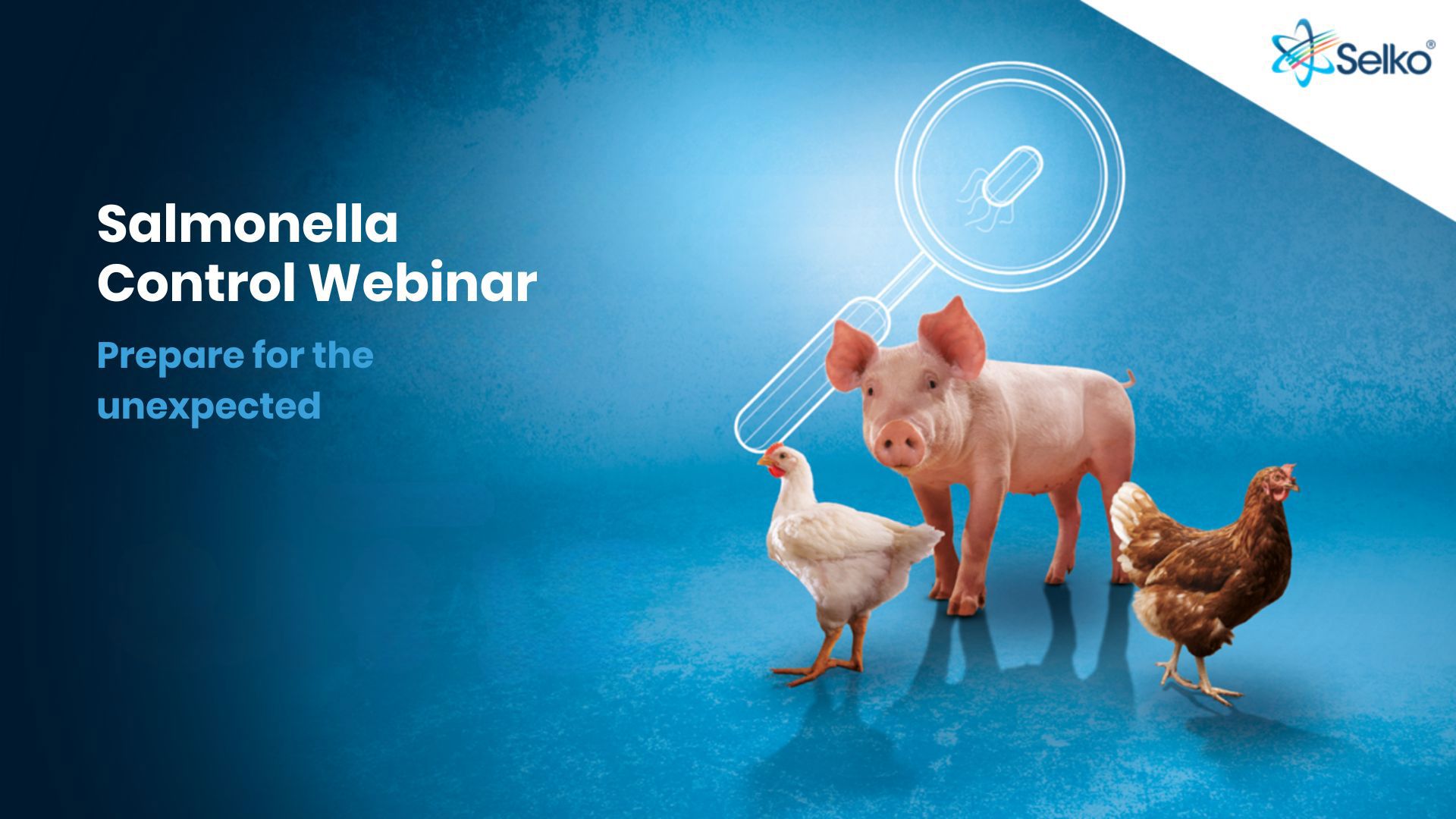
Salmonella Control Programme
Salmonella affects performance, animal health and food safety. In order to comply with legal and commercial standards, its prevalence needs to be minimized as early as possible in the production chain.
Selko offers customers an holistic and integrated approach focusing on feed, farm, and health aspects. The programme provides a solid basis to protect animals from Salmonella colonization reducing transmission and dissemination through the entire production chain.
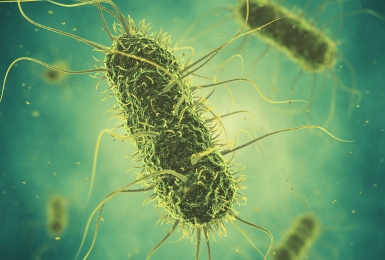
Prepare for the unexpected: Salmonella Control Webinar
Salmonella impacts performance, animal health, and food safety. To align with legal and commercial requirements, it’s crucial to reduce its prevalence as early as possible in the production process. During this webinar, two experts will discuss strategies for managing Salmonella.
Salmonella can be easily introduced into the feed by contaminated ingredients, sub-optimal processing, and sub-hygienic transport, storage, distribution, and administration. Our Raw Material expert, Pieter Steyn, will describe about how Salmonella can occur in raw materials used for animal feed.
Our US technical & innovation director, Marcos Rostagno will focus more on the effect of the Salmonella contamination in the animal production.

Salmonella control in animal health and production

When you find Salmonella in the monitoring process, how important is knowing the serotype present?
It depends on the objective of the program. If the goal is simply to control Salmonella spp. or the sampling meant only to determine a baseline, then serotyping is not necessary. However, a more advanced program or when controlling specific serotypes is the goal, then serotyping becomes necessary. Attempting to track or match serotypes along the production chain requires more intense sampling efforts to be able to find the same serotypes in different samples and stages.
Is Salmonella currently more resistant to antibiotics, and if so, then is prevention more crucial than treatment?
Epidemiological surveys suggest that not only Salmonella, but also other pathogens are becoming more resistant to antibiotics, supporting the need to use them more responsibly. The combination of reducing the incidence of foodborne pathogens like Salmonella (and consequently, the risk of consumers being infected with them), and the responsible use of antibiotics should result in a significantly reduced risk of humans becoming ill with antibiotic-resistant pathogens.
In my opinion, prevention is always better than treatment, and this is why I am a strong advocate for solid pre- and post-harvest food safety programs, as well as for strong programs for responsible/prudent use of antibiotics in animal production. Just to be clear, I am not in favor of banning antibiotics in animal production. As a Veterinarian, I do see antibiotics as critical health management tools, but truly believe we can and should use them very responsibly, which is very possible.
What is the most frequent source of Salmonella for layers?
Like in broiler production systems, layer/egg production systems have the same common risk factors, with chicks and feed being critical vehicles for Salmonella to establish itself in a system. However, as facilities are different, there is more movement of personnel, and birds have a much longer life cycle, there are plenty of opportunities for additional entry and dissemination for Salmonella. Additionally, once Salmonella is established in a production system, it is much more difficult to eliminate it. On the other hand, as layers become older, they can develop better mechanisms to clear infection/colonization with Salmonella. In summary, the risks for Salmonella to enter a system is similar to broilers, but the populational dynamics will likely be different during the birds’ life cycle.
How do we do it?
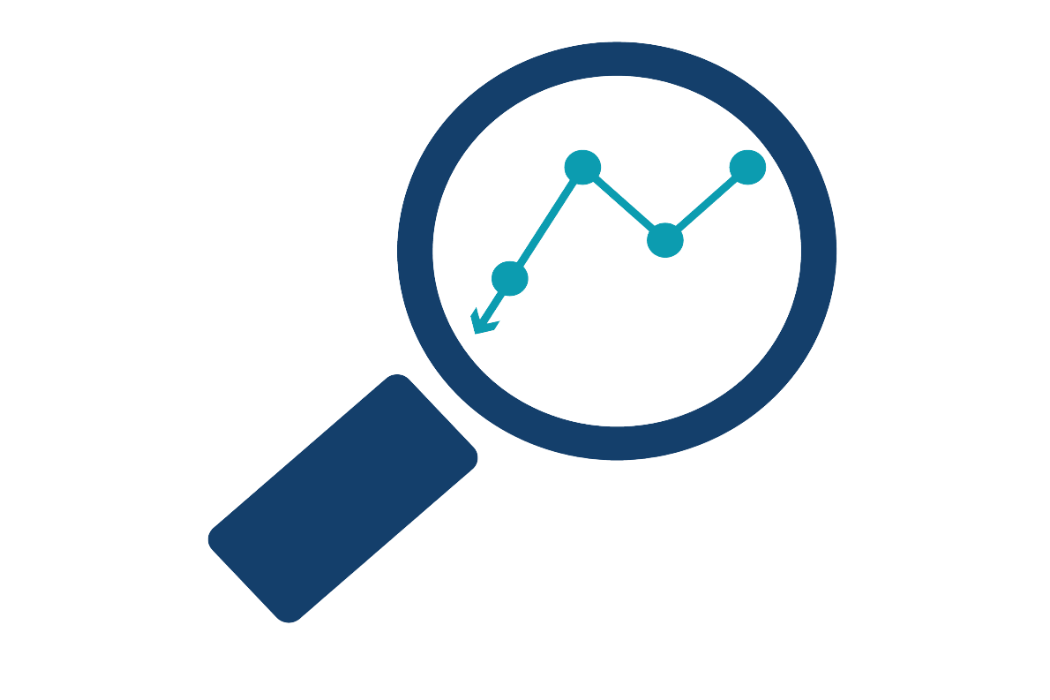
Selko' Salmonella scan
Selko’s Salmonella scan focuses on sampling, serotyping, and benchmarking. It is crucial to identify critical risks and control points and the relevant Salmonella serotypes. It establishes the dynamics of the Salmonella contamination within the production chain, and provides the basis for our customized and integrated control programme.
Feed Additives
Feed and/or water additives can complicate the colonization and invasion process of Salmonella.
- Preventing bacterial intake via feed & water: Low pKa short-chain fatty acids (SCFA's) (delivered via feed and/or water) strengthen the low pH barrier of the upper digestive system and the mucosal barrier in the lower intestinal tract.
- Stabilizing the microbiota: high pKa SCFA’s and medium-chain fatty acids (MCFA’s) create a more challenging condition in the non-acidic part of the intestinal tract. Non-digestible oligosaccharides have a prebiotic effect that contribute to a more competitive microbiota. Additionally, specific oligosaccharides show a high binding affinity for Salmonella fimbriae, reducing intestinal colonization.
